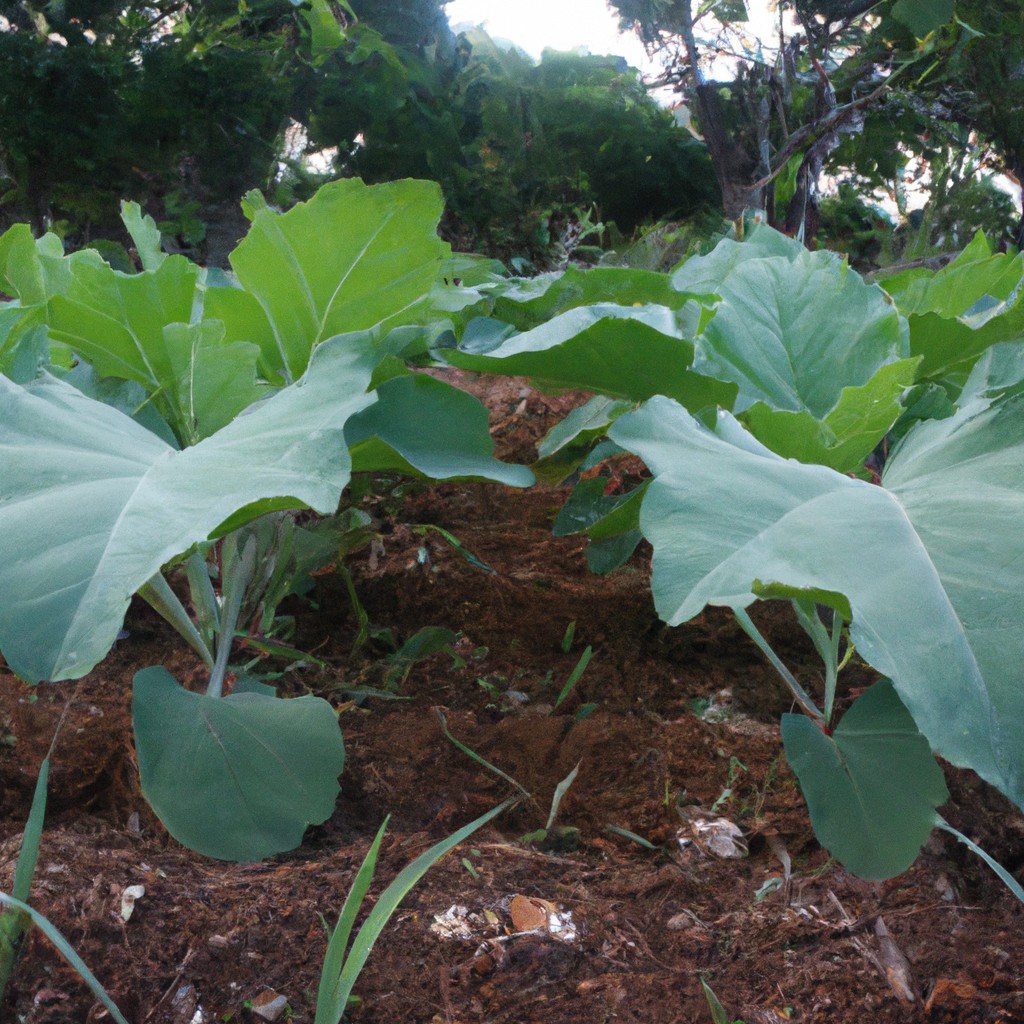Learn about the innovative agricultural techniques developed by the ancient Mayans that continue to influence farming practices today.
Look Inside:
Maya Crops: What Did the Ancient Maya Grow?

The ancient Maya cultivated a variety of plants that formed the backbone of their diet and culture. Central to their agriculture was maize, which was more than just a staple food; it held significant cultural and religious importance, symbolizing life and fertility. Alongside maize, they grew beans and squash. This trio, often referred to as the “Three Sisters,” provided a balanced diet and supported sustainable soil fertility through intercropping.
In addition to these staples, the Maya also cultivated cacao, which was used to make a revered beverage and served as a form of currency. Chili peppers, tomatoes, and avocados were other common crops, enriching the flavor and nutritional value of their meals. They also grew cotton, which was used to produce textiles.
The diverse array of crops highlights their deep understanding of agricultural practices and ecological management, enabling them to thrive in various environments.
How Do We Know What We Know About Maya Farming?
Archaeologists and historians have pieced together a vivid picture of ancient Maya farming through various methods. Excavations of former agricultural sites reveal remnants of plants and pollen, which experts analyze to identify what the Maya grew. Ancient tools and farming implements found alongside provide clues about their cultivation techniques.
Additionally, writings and illustrations preserved on pottery, walls, and most notably codices lend insights into their agricultural practices. These artifacts, often detailed and precise, depict scenes of planting, harvesting, and even celebrating successful yields.
Finally, the landscape itself holds answers. Features such as terraces and irrigation channels suggest sophisticated methods of managing crops and water, vital for supporting dense populations. By studying these physical remnants, scientists infer much about the scale and efficiency of Maya agriculture.
Maya Agrarian System
The Maya agrarian system was highly efficient, reflecting a deep understanding of their environment. They utilized slash-and-burn techniques, known as milpa, to clear forests and create nutrient-rich soil, vital for their intensive farming. This process involved cutting down vegetation and burning it, which released nutrients back into the ground, preparing it for cultivation.
Another ingenious aspect was the use of polyculture, growing multiple crops together. This diversity reduced disease spread and balanced the soil usage, maximizing yields. By planting maize, beans, and squash together, they supported each other’s growth — beans fix nitrogen in the soil beneficial for maize, while squash provided ground cover, reducing weeds.
Furthermore, they adapted to their landscape by constructing terraces on hillsides to prevent erosion and manage water flow efficiently. This not only preserved arable land but also moderated the impact of their agricultural activities on the environment, showcasing an early form of sustainable farming practices.
Through these methods, the Maya were able to sustain large populations and thrive in varying climatic conditions.
Terrace Farming
Terrace farming allowed the Maya to make the most of their hilly landscape. By carving flat shelves into slopes, they created a series of stepping-stone-like platforms. This innovative design prevented soil erosion from heavy rains and preserved precious topsoil. Additionally, terraces helped manage water flow, ensuring that crops received moisture without the destructive force of runoff. This method was particularly effective for growing staples like maize, beans, and squash, supporting large populations through clever use of space and resources.
Water Management Systems
The ancient Maya were ahead of their time in harnessing water resources to support their agriculture. Given the variability of rainfall in the region, they developed sophisticated methods to collect, store, and conserve water.
Firstly, they constructed reservoirs that captured and held rainwater. These reservoirs were essential for surviving dry spells, particularly in regions with less predictable rainfall.
Secondly, they utilized a system of canals. These canals distributed water from reservoirs to fields, ensuring crops received the necessary moisture even during dry periods.
Moreover, they practiced careful water conservation methods. For example, building check dams in streams to slow water flow, which minimized erosion and maintained soil fertility.
By integrating these techniques, the Maya were able to sustain large populations through intensive agriculture, even in challenging environments.




